Restoration Style, also named Carolean style, was present in England during the restoration of the Charles II monarchy.

Image source: https://search.creativecommons.org/photos/336b5818-5427-4560-8215-340a56a67a41
History of Carolean Style
The Carolean style, or Restoration Style, emphasizes English decorative arts, which became popular after Charles II came back to the throne in 1660. His return from exile on the continent brought the elimination of the Puritan severity in the country. A completely new taste for magnificence and opulence, as well as the introduction of Dutch and French artistic influence, created a whole new sensibility.
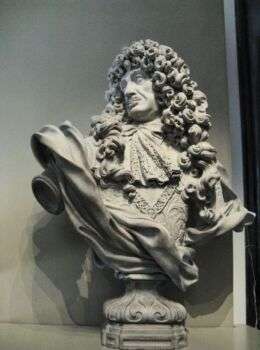
Image source: https://search.creativecommons.org/photos/298b2878-3b7b-4f51-8758-c02adff4b4ab by Yair Haklai
Restoration Period Masterpieces
Squerryes Court in Westerham is a beautiful estate of red bricks built for Sir Nicholas Crisp, who purchased the land in 1680. It is a manor house designed in the Restoration period.
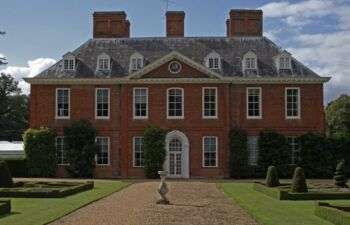
Image source: https://search.creativecommons.org/photos/82470492-e6e9-438b-b674-e8c752d7616a by L2F1
Ham House in Richmond became restored in the 1670s by the Duke of Lauderdale. The architect was William Samwell, and the ceilings had baroque murals by Antonio Verrio.

Image source: https://search.creativecommons.org/photos/c6246283-b2e7-4dc2-8486-d471f4ec97ef by Jim Linwood
Charles II wanted architect Hugh May to supervise the modernization of the Royal Apartments in Windsor Castle, where the largest baroque style Apartments exist in England. The extravagant appearance of these new interiors became heightened by expensive textiles and wonderful tapestries.
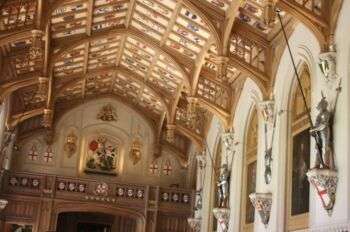
Image source: https://search.creativecommons.org/photos/ac98ffa1-797a-4344-a773-74d1096b2375 by Ian A Gratton
Characteristics of Restoration Style
These are the main features of this style:
- Curving Forms – Flowing forms were a feature of the Restoration style. Particular carvings and high-relief decorations created a sense of dynamism that gracefully contained the symmetry of the overall design.
- Rich finishes – Ornate, rich finishes were very popular. Goldand silver embellished wood and leather.
- Spiral Columns – Spirally twisted forms created supports
- Natural Motifs – Fruit, flowers, and acanthus leaves decorated furniture.
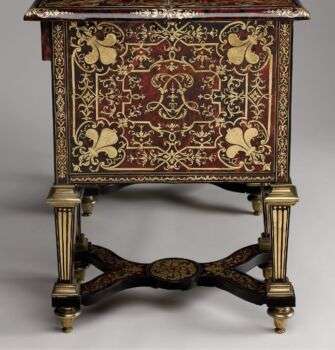
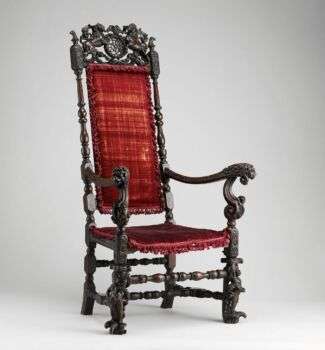
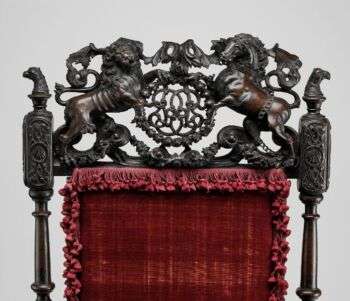
Info source:
